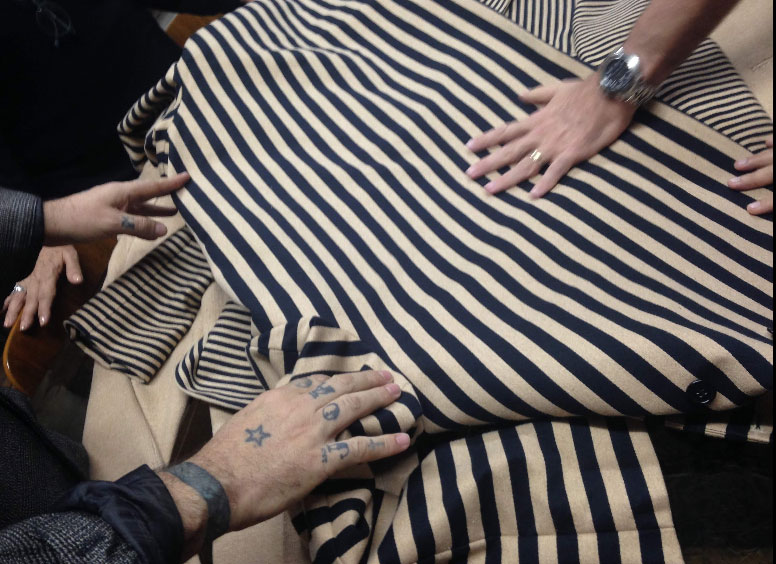Hands making fashion history with organic colored cotton from Paraíba

The soil of the Paraíba hinterland is stony. The sun is strong and the climate is dry. It rarely rains. Yet colorful cotton sprouts from the ground because it resists drought. Growing and harvested by hand by farmers in Juarez Távora, it finds fertile ground to enter into the production, circulation and consumption of sustainable fashion produced in Brazil, especially in São Paulo.
 The expansion of colored cotton begins in João Pessoa, in the historic part of the city, by Francisca Vieira, CEO of Natural Cotton Color. With the use of mesh, fabric and craft resources of textile typology, she has been creating clothing collections in her atelier and generating a demand from clients and professionals seeking fashion with Brazilian DNA and technological innovation.
The expansion of colored cotton begins in João Pessoa, in the historic part of the city, by Francisca Vieira, CEO of Natural Cotton Color. With the use of mesh, fabric and craft resources of textile typology, she has been creating clothing collections in her atelier and generating a demand from clients and professionals seeking fashion with Brazilian DNA and technological innovation.
Cotton that is already colored is embedded in the memory of the “White Gold Cycle” when Paraíba was a world reference in the production and processing of cotton. The colored cotton tries to restore this place in history bringing the innovation of a fiber that dispenses dyes and with the endorsement of agroecological product – without the use of pesticides or chemical additives.
The development of colored cotton by the Brazilian Agricultural Research Company – Embrapa Cotton took about two decades. Only after that was it possible to spin and weave this agro-ecological cotton.
Paving the way for ethical and sustainable Brazilian fashion
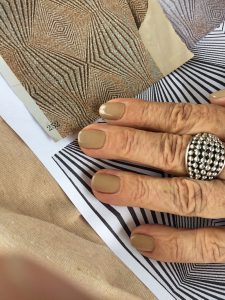 It was through the diagnosis of Geni Rodio Ribeiro, TexBrasil’s accredited consultant, export program of the Brazilian Textile Industry Association (ABIT) – that Francisca started the way through the fashion fairs. All this work has taken more than a decade.
It was through the diagnosis of Geni Rodio Ribeiro, TexBrasil’s accredited consultant, export program of the Brazilian Textile Industry Association (ABIT) – that Francisca started the way through the fashion fairs. All this work has taken more than a decade.
Geni, in addition to contributing to the adequacy of products for the international market, placed her hands in the industry to influence and make viable the development of new fabrics. It is her idea to create a thinner cotton plain fabric and also a jacquard that attaches organic colored cotton to a biodegradable polyamide.
Before, the consultant brought the designer João Pimenta to the colored cotton. As a result, the fashion show took place at SPFW41 in São Paulo. With support from Geni, the João Pimenta brand – recognized for its creativity in the use of tailoring – was the first to innovate by developing finer fabrics. In one pattern, cotton appears mixed with waste (video films and cassette tapes).
The development of new fabrics in the industry boosts the outreach to markets and perspectives for the field to continue producing organic cotton. (Geni Rodio Ribeiro – TexBrasil | ABIT)
 In São Paulo, from the hands of Juliana Gevaerd, there are knits with the cotton threads from Paraiba. She discovered the cotton lint at an organic fair at the Parque Ibirapuera pavilion in São Paulo. Francisca was there to tell the story of the production chain and suggested a test with the strings.
In São Paulo, from the hands of Juliana Gevaerd, there are knits with the cotton threads from Paraiba. She discovered the cotton lint at an organic fair at the Parque Ibirapuera pavilion in São Paulo. Francisca was there to tell the story of the production chain and suggested a test with the strings.
The designer reveals that she has joined the material because she believes in the purpose and all the work that Natural Cotton Color has been putting on the market. Above all, for wanting a product with provenance and credibility. “The nature and the respect to the worker were always inspiration for the brand,” he said. Thus, it developed new plots in various thicknesses and created a parallel mark called JulianaGevaerd_Bio. Together, the brands have already exhibited in Germany, the USA, Portugal and Japan.
Cotton opens the door to awareness, breaks pre-established paradigms, aggregates values and partnerships. (Juliana, by Juliana Gevaerd_Bio)
The demand for ethical fashion is found in the colored cotton of Paraíba
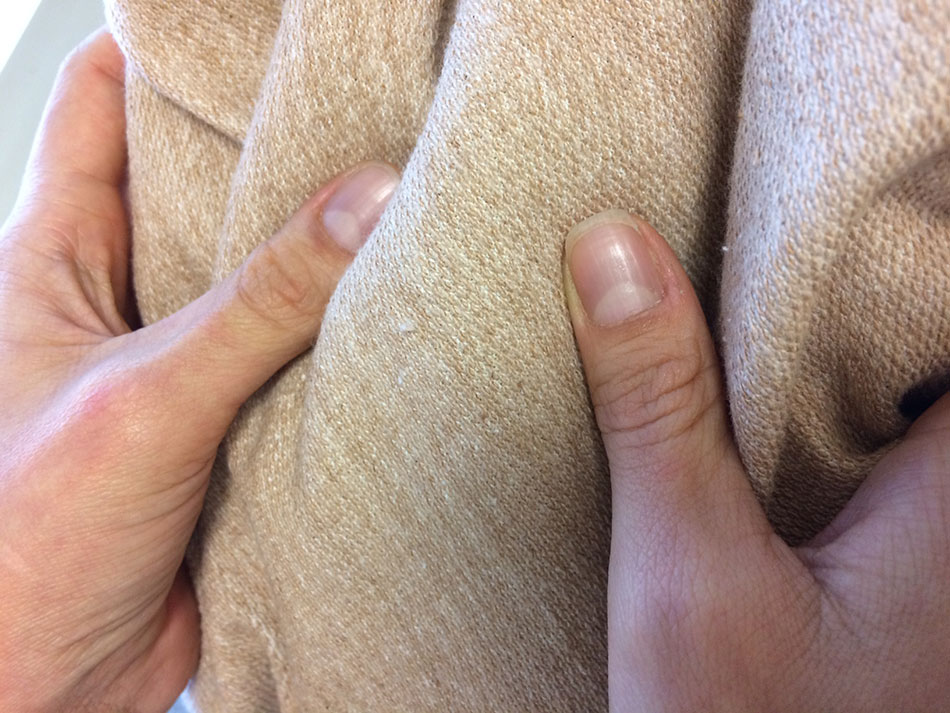 The hands of Flavia Aranha generated several experiments with colored cotton. For a stylist, the origin of the raw material is fundamental in its progress. Flexibilities have already been made with knit, knit and flat fabric. Its main motivation is the productive one. “It is a work done in a Brazilian market that stimulates health and family farming,” she says.
The hands of Flavia Aranha generated several experiments with colored cotton. For a stylist, the origin of the raw material is fundamental in its progress. Flexibilities have already been made with knit, knit and flat fabric. Its main motivation is the productive one. “It is a work done in a Brazilian market that stimulates health and family farming,” she says.
The focus of the Flavia Aranha brand is natural dyeing, so naturally colored cotton creates a possibility to offer its customers the most affordable prices, expanding the market. At the Flavia Aranha store, customers also buy Natural Cotton Color in retail. “This option is the young and smart fashion public, which should be directed towards the finalization of its own information systems on a primary basis of socio-positive value,” says Flavia.
We support Brazilian production and family farming. By incorporating colored cotton, we enhance the product and the production chain (Flavia, by Flavia Aranha)
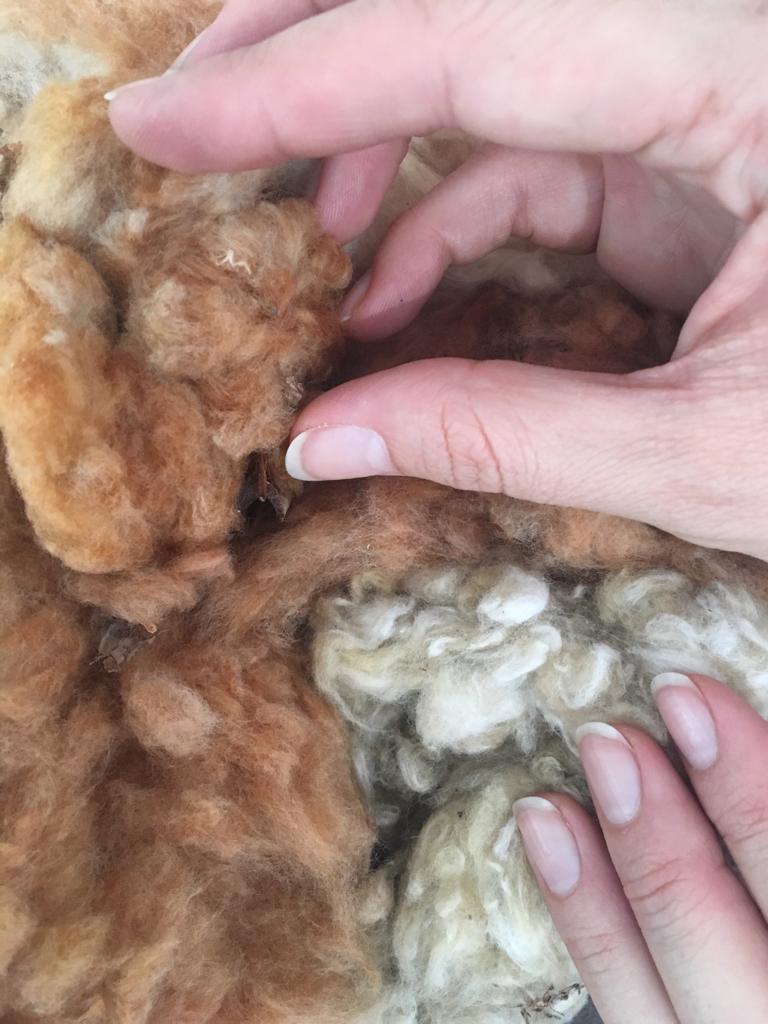 The purpose of the brand Tita Co. is the use of organic cotton in the elaboration of underwear. It was through the hands of the designer Luiza Bartz that the colored cotton entered the collection “Parahyba”. It highlights the sustainable appeal of the product. “The colorized cotton is used for dyeing, saving an enormous amount of water. In addition, it does not pollute the environment with the chemical residues from conventional dyeing.
The purpose of the brand Tita Co. is the use of organic cotton in the elaboration of underwear. It was through the hands of the designer Luiza Bartz that the colored cotton entered the collection “Parahyba”. It highlights the sustainable appeal of the product. “The colorized cotton is used for dyeing, saving an enormous amount of water. In addition, it does not pollute the environment with the chemical residues from conventional dyeing.
Luiza also included in her collection handcrafted details like handmade laces made by womans at Paraíba´s countryside, and the clients celebrate the access to this preciousness. “They are people who seek to consume in a more conscious way, who want purer tissues with less chemical contact with the body. Usually they are transforming the wardrobe looking for more conscious brands,” she explains.
Colorful cotton brings innovation and a special touch to the brand that makes it different by using a rare raw material to find. (Luiza Bartz of Tita Co.)
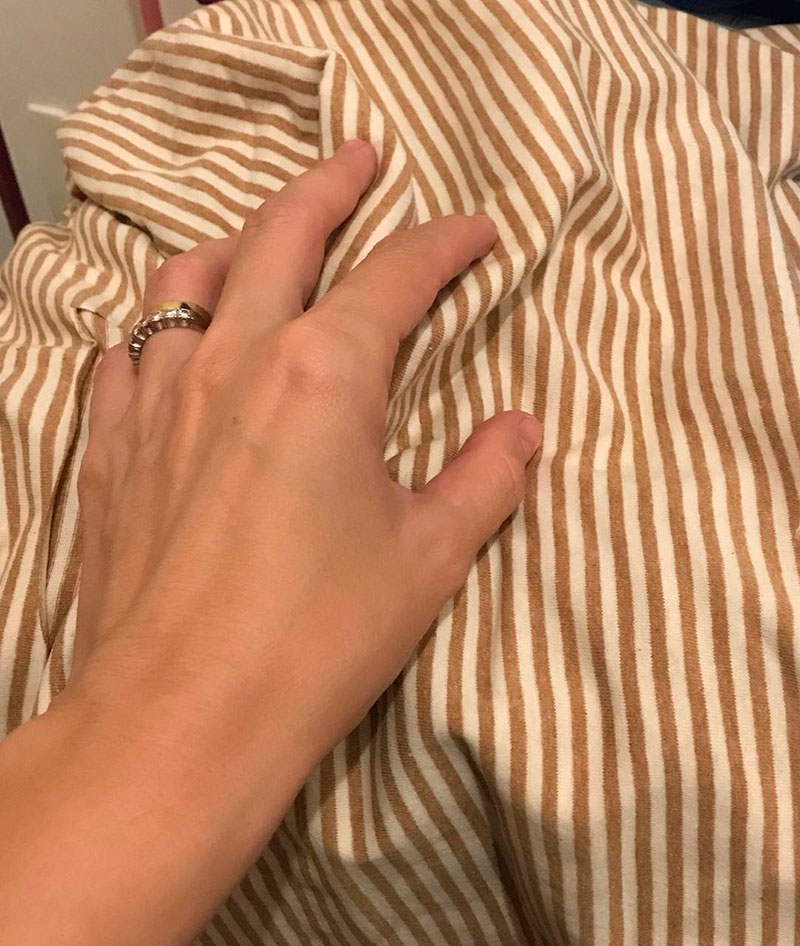 The hands of Roberta Vernin Lomonaco are also pure delicacy and creativity. She turns colorful cotton into children’s clothing. Looking for 100% organic products, she found the raw material as the base of the Ecofante brand. In her creations, she wears knitwear of various patterns and reveals that she delights customers when she says cotton is born colorful. “They are mothers who seek the best for their children and also care about the environment.”
The hands of Roberta Vernin Lomonaco are also pure delicacy and creativity. She turns colorful cotton into children’s clothing. Looking for 100% organic products, she found the raw material as the base of the Ecofante brand. In her creations, she wears knitwear of various patterns and reveals that she delights customers when she says cotton is born colorful. “They are mothers who seek the best for their children and also care about the environment.”
“When I first came across colored cotton, I fell in love with history, process and values.” (Roberta Vernin Lomonaco, from Ecofante)
Francisca says that despite the involvement of fashion designers, colored cotton is still little known in the country, but its role should grow and become relevant to the sector. Therefore, she is always seeking to communicate about this genuine and exclusive raw material so that professionals can have access to the fabrics produced in Paraíba. According to the CEO, to meet growing demand, production needs to be increased. For this, Embrapa and Sebrae PB are registering and training more farmers. The planted area is expected to increase by 50% within the next two years.

“Working with farmers, artisans and stylists is a luxury. I am very happy.” (Francisca Vieira, from Natural Cotton Color)
Natural Cotton Color is a fashion brand that has become an information center. “We are willing to disseminate this innovation to the textile market. We are part of the Local Productive Arrangement of Colored Cotton, so what is in our hands must be shared. ” According to the CEO, the main objective is to give sustainability to the chain keeping the field always in productivity. “Farmers’ hands are the most important part of the production chain,” he concludes.
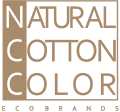 Organic and Natural Cotton Color
Organic and Natural Cotton Color
